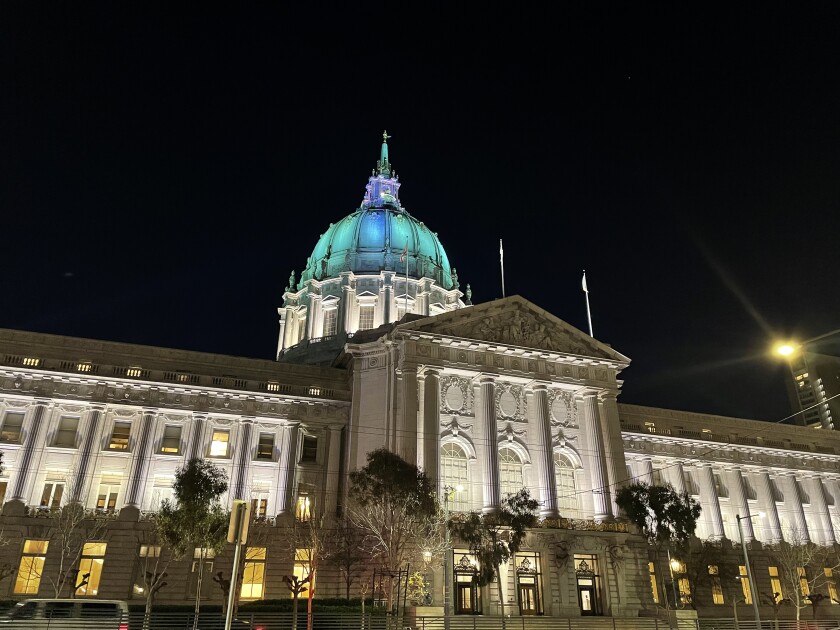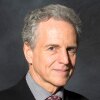In Brief:
- A walkable downtown in California’s high desert offers opportunities for business and a public space for residents.
- Lancaster, Calif., invested $11.5 million in the transformation. Work was completed in 2010.
- This has since been repaid many times over by increased economic output, tax revenue and investment.
Passing through the Mojave Desert on State Route 14, going by landscapes Hollywood uses to represent alien planets, a driver might not expect a walkable, tree-lined boulevard to be close by.
But there are nine beautiful, leafy blocks on West Lancaster Boulevard, a piece of historic Highway 14. They were redeveloped as part of a mixed-use urban streetscape in 2010 in the city of Lancaster, Calif.
The BLVD, as it’s been rebranded, is home to 250 public and private enterprises, from banks, tattoo shops and restaurants to museums, a performing arts center and the public library. City Hall is just a block south.
The city invested $11.5 million to transform a busy thoroughfare into an inviting public space. The three lanes in the center of the five-lane road were replaced by a series of tree-lined ramblas. (Spanish for both “avenue” and “watercourse,” because dry stream beds served as streets in early cities.)
The redesign was planned and funded by the city of Lancaster’s Redevelopment Agency. Within four years of completion, it had generated more than $270 million in economic output, attracted $130 million in investment, created hundreds of jobs and prompted the building or renovation of hundreds of housing units, according to the city.
The revitalization has also created more intangible benefits, according to residents who spoke with Governing on a recent fall afternoon. Lancaster’s downtown feels like a gathering space, they said — somewhere where they can feel like part of a community.

Complaints, Then Thanks
John Elford, manager of the Lancaster Public Library, was a reference librarian when construction began. Customers were angry about the disruption, and many complained about the major street through downtown being torn apart.
“Suddenly it was all done, and they had the grand opening,” Elford says. “Everybody loved it and the complaints stopped.”
The more beautiful and walkable space encouraged people to get out of their cars, Elford says. People who hadn’t visited the library began to wander in. Reference questions began to change — instead of asking for a specific title, visitors wanted to know where the fiction or nonfiction sections could be found. They started spending time in the library, perusing books or reading quietly.
The change has made the library feel more like a community space that all residents can share, Elford says. In the past, encounters with homeless patrons sometimes drove other visitors away from the library. But Elford says that people have come to know their unhoused neighbors, and sometimes even witness their transformations through contact with the library’s social workers.
“They start to get to know that person [even] without actually introducing themselves to them,” Elford says.

A Community of Businesses
In 2013, property and business owners partnered with the city to create the BLVD Association, a property-based improvement district — a defined area where businesses work together as caretakers and promoters with funding from city tax assessments.
In 2016, the association launched an ambassador program, hiring representatives to walk The BLVD and assist both visitors and businesses. Brian Morris Jr. has seen occasional problems with panhandling or break-ins during his six months on the job, but not enough to keep the area from feeling safe and livable, he says.
Nicole Stevens runs Pretty Little Poppy Marketplace, a business focused on selling wares from local vendors. Stevens has lived in Lancaster since 1993, and has a long perspective on how its “main street” has changed. The reimagining has brought small businesses and families together, she says. “I’ve enjoyed being able to bring my boy down here.”
Alex Arreola, cashier and marketer at the Sassy Bird restaurant, says he’s become friends with locals and business owners because it’s easy and pleasant to just walk around. “A lot of cities don’t have this walkable spot,” he says. “It’s a big benefit, the best place in Lancaster right now.”

Trees and Business Popping Up
Lancaster opened a Museum of Art and History on The BLVD in 2012 to house exhibits and education highlighting the history, art and culture of California’s Antelope Valley. Kim Calderwood, art program manager at the museum, grew up in California City, about 40 miles from Lancaster.
The Burns Pharmacy (still open) was the only place on Lancaster Boulevard that she recalls visiting with her family as a child. She was excited by the area’s transformation, from more foliage to all the businesses and restaurants aimed at a younger clientele.
It’s a common occurrence for people to discover the museum in the course of rambling on The BLVD, including Lancaster residents. “They’ll say, 'I was wondering what this place was,'” Calderwood says. “'I didn’t realize we had a museum here.'”
Nanette Rushing, owner of Nantiquez Vintage Flair, also works in a museum of sorts. Exhibits are for sale: an Oscar de la Renta dress, rhinestone jewelry, a fringed buckskin mountain suit. She staged estate sales and sold items she collected in stores that belonged to other people before she came to The BLVD 10 years ago.
“This street dictates a lot of things, from food to music to art,” Rushing says. “It’s kind of a melting pot, and we can always have more of that up here — I’m glad to be a part of it.”

Appeal to a New Generation
As sunset approached, Lancaster resident Frazier Farrell walked past an afternoon farmer’s market inside one of the ramblas. A booth for cemetery plots sat between one with dried fruit and nuts and a large display of fresh produce.
The BLVD is a popular place with younger residents, he says. They can drift between bars, the theater, restaurants or standup comedy. The museum where Calderwood works has an open mic night and figure drawing classes. (Farrell has been a student and model.) He often encounters friends when he visits the district and has made new ones among the business owners.
Calderwood says that the main complaint she hears is about the slow speed limits in the district. “I’m definitely biased towards this sort of city planning,” she says. “It’s just not something that we get out here, or pretty much any other place I’ve lived.”













